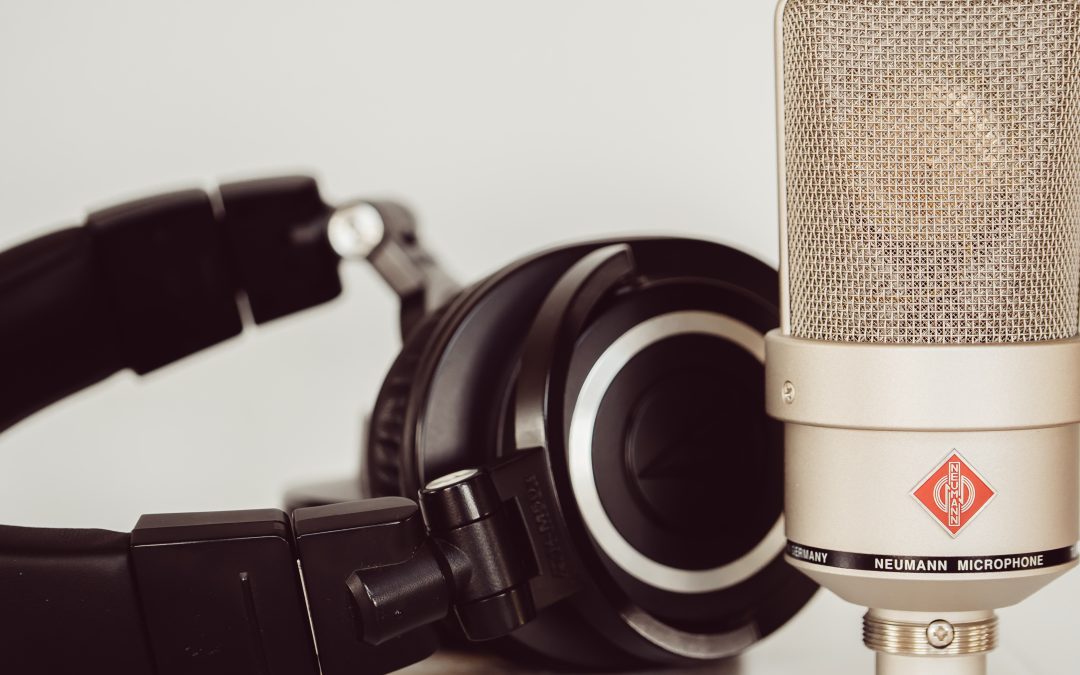Acoustics, the room format is most important while recording or even everyday living if you have noisy neighbors. Like any other object in a studio, room, or home, Chimneys have a noticeable effect on soundproofing.
Sound Proofing the Chimney Wall
Chimney breast, the portion of a chimney that protrudes from a wall to accommodate a fireplace, don’t require much insulation compared to the rest of a room, due to being heavy in mass with firebricks and often an air gap between the chimney and whatever it on the other side of that wall.
To finish soundproofing, there are two steps one must do. We now focus on the alcoves of the chimney, as the breast itself is made to be functional and already offers some good resistance. The alcoves are the areas around the breast created by the extrusion of the all, in other words, the “indents” to either side of the chimney breast along the wall.
Firstly, improve the wall’s mass; there are many wall systems to put in the walls or acoustic (likely foam) panels one can have placed on the wall to achieve these ends. There are ways to be aesthetic with acoustic panels. Fireplaces are rarely inside rooms, so it’s understandable to want the space to be presentable. Thus, if you wish for a particular look, an internal wall system is likely the better pick.
Next, use something which allows the wall to absorb sound frequencies and vibrations. Bricks are good at this, but better options exist; the sound system installed will likely achieve these ends, but acoustic panels also tend to be enough as they bounce the sound back instead of absorbing it.
Lastly, materials, again designated systems, are designed for this, but having various materials is best as different ones are best for absorbing different frequencies. Every material has a frequency it resonates with, thus amplifying, so mixing them helps avoid the room becoming a tuning fork. This can be aided by just decorating the alcove.
It is possible to have a chimney with veneer brick, which does not offer this same accommodation; in this case, the solution is the same with only a single extra step—filling in the wall with materials.
In some cases, it doesn’t hurt for the wall to be proofed and has acoustic paneling. This procedure is the same for all other walls,
The Chimney Breast Itself
While most times that will be enough for band or orchestra practice for the kids and more than enough for a virtual meeting or an office, there are times when perhaps it is best to give measure to the chimney itself. Sound can enter the flue with enough age or wind, using the chimney as a pipe to resonate and amplify.
Soundproofing is not much different for the chimney itself besides giving care to its obvious function. If a chimney is needing soundproofing, one should install a thin soundproofing system without too much loss of room in the fireplace or too much addition to the breast.
As for the fireplace, if no fire is to be used in the fireplace, lining the cavity with Acoustic Mineral Wool for better absorption is sure to help. In this situation, one can also place decorations in the nook to aid in mass and sound absorption just that bit more. Functional fashion is the best type of design.
If the chimney is used for a chimney with fire, the wool is out of the question. The best case is that the fireplace has a log burner or a stove, which must be removed and then reinstalled. However, in this case, the fireplace’s back wall can also be replaced, as long as you make sure to fit it behind a fire retardant board. Meanwhile, if it’s an open fire, only the breast can be soundproofed.
Gas fires are the same as the aforementioned two. You can put proofing in the back of the pit if they are designed with a stove/log burner set up, otherwise only proof the breast.

